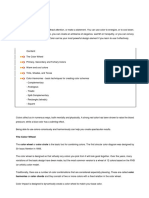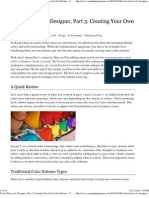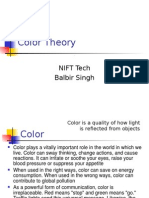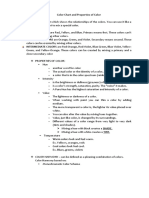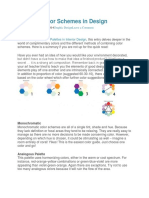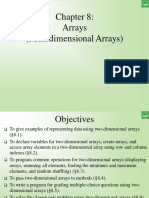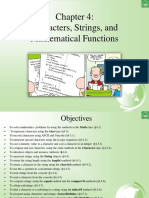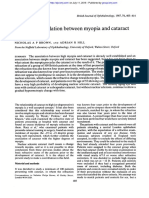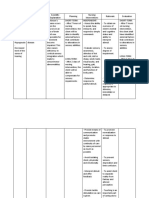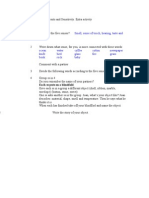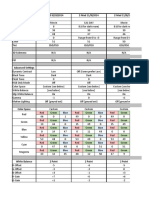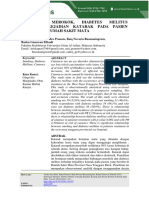0% found this document useful (0 votes)
102 views43 pagesColor Theory for Design Students
The document discusses color harmony and color theory. It explains that there are 12 primary and secondary colors, which can be used to create more colors through different harmony schemes like monochromatic, analogous, complementary, split complementary, triadic, and tetradic. These schemes use colors next to or opposite each other on the color wheel. The document also discusses how color meanings and feelings can be communicated through using cool, warm or neutral color palettes. It provides guidance for beginners to properly apply harmony schemes and communicate with color.
Uploaded by
Al SuCopyright
© © All Rights Reserved
We take content rights seriously. If you suspect this is your content, claim it here.
Available Formats
Download as PDF, TXT or read online on Scribd
0% found this document useful (0 votes)
102 views43 pagesColor Theory for Design Students
The document discusses color harmony and color theory. It explains that there are 12 primary and secondary colors, which can be used to create more colors through different harmony schemes like monochromatic, analogous, complementary, split complementary, triadic, and tetradic. These schemes use colors next to or opposite each other on the color wheel. The document also discusses how color meanings and feelings can be communicated through using cool, warm or neutral color palettes. It provides guidance for beginners to properly apply harmony schemes and communicate with color.
Uploaded by
Al SuCopyright
© © All Rights Reserved
We take content rights seriously. If you suspect this is your content, claim it here.
Available Formats
Download as PDF, TXT or read online on Scribd
/ 43



